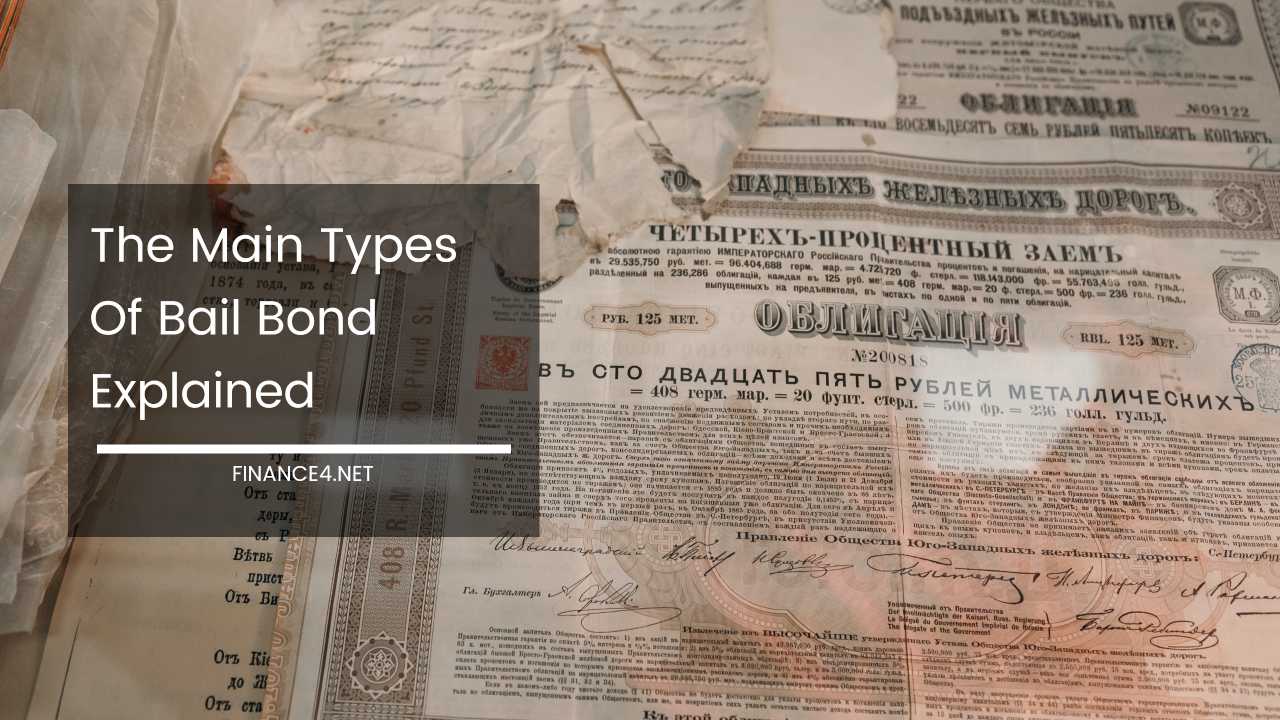What are the Differences Between a Lender and an Investor?

Demystifying Debt: Understanding Lenders, Investors, and Investment Loans
The financial landscape can be a complex terrain, especially when navigating the world of loans and investments. When seeking financial resources, it’s crucial to distinguish between a lender and an investor. This distinction significantly impacts the terms you receive and your overall financial journey. Let’s delve deeper into the characteristics of lenders, investors, and a hybrid option – the investment loan – to empower you with informed decision-making.
The Lender: Ensuring Repayment with Secured Interests
Imagine a lender as a provider of a bridge. They extend a financial bridge, expecting full repayment with interest on the other side. Lenders can be banks, credit unions, or even private individuals. Their primary concern is the return of their principal investment – the initial amount loaned. The interest charged acts as a reward for providing that bridge and managing the associated risk.
Minimizing Risk Through Secured Loans
Lenders typically favor secured loans, where the borrower pledges an asset – such as a house or car – as collateral. In case of default (failure to repay), the lender can seize the collateral to recoup their losses. This approach minimizes risk for the lender, allowing them to offer lower interest rates on secured loans compared to unsecured loans (loans without collateral).
Beyond Interest: The Investment Aspect of Lending
While getting their money back with interest is their primary concern, lenders can be seen as making a form of investment. They invest their capital, expecting a return through interest payments. However, unlike true investors, lenders are less concerned with the long-term value of the asset used as collateral. Their primary focus remains on the guaranteed return through interest and potential recovery of the principal through collateral seizure in worst-case scenarios.
The Investor: Sharing Risk for Potential Growth
Now, let’s shift gears and explore the world of investors. Unlike lenders, investors are more akin to partners on a journey. They inject capital into a venture – a property, a business, or even a creative project – with the expectation of sharing in its success. This translates to a share of ownership or equity in the venture.
Power Play: Influence and Equity in Investments
Investing creates a stake in the game. Investors become partial owners, giving them a say in decision-making and a potential for significant profit if the venture flourishes. This shared ownership also comes with risks. Unlike lenders who are guaranteed a return through interest, investors might not always get their initial investment back, especially in high-risk ventures. Their potential reward lies in the possibility of the invested asset appreciating significantly over time.
Investment Loans: Blending Lending and Investing
There’s a fascinating middle ground where the lines between lending and investing become blurred: the investment loan. This hybrid option offers a unique combination of secured loans with a touch of investor interest on the lender’s side. Let’s explore two prominent examples of investment loans.
Buy-to-Let Mortgages: Profiting from Rental Income
Imagine securing a loan to purchase a property with the intention of renting it out. This scenario exemplifies a buy-to-let mortgage, a classic investment loan. The lender provides the capital for the property purchase, effectively creating a secured loan. However, the lender’s interest goes beyond mere repayment.
Rental income from the property plays a crucial role. Ideally, the rental income should be sufficient to cover the monthly loan repayments with some surplus. This surplus benefits the lender by increasing the overall profitability of the loan. As a result, investment loans often come with lower interest rates compared to traditional secured loans.
Business Loans with Equity Sharing
Similarly, a small business loan can be structured as an investment loan. The lender might provide the capital but also receive a small share of ownership in the business (equity). This equity stake incentivizes the lender beyond simple interest repayment. They share in the success of the business, potentially profiting from increased valuations or future dividends.
However, this shared ownership comes at a cost for the borrower. The investor-lender has a say in business decisions and might influence risk tolerance. They might be hesitant to approve ventures deemed too risky, potentially hindering the business’s ability to pursue certain growth opportunities.
Navigating the Landscape: Choosing the Right Partner
Understanding the fundamental differences between lenders, investors, and investment loans empowers you to make informed financial decisions. When seeking financial resources, consider your goals, risk tolerance, and the asset involved.
- Do you prioritize a guaranteed return with lower risk? A secured loan from a traditional lender might be the best option.
- Are you comfortable with shared ownership and potential for significant upside? Explore investment opportunities or investment loans.
Remember, open communication and a clear understanding of the terms are crucial for a successful partnership, regardless of whether you choose a lender or an investor.
Beyond the Basics: Additional Considerations in Choosing Between Lenders and Investors
While the core distinctions between lenders and investors provide a solid foundation, several additional factors come into play when making financial decisions. Let’s delve deeper into these aspects to equip you for navigating the complexities of securing funding.
Understanding Loan Terms and Investor Agreements
The devil often lies in the details. Regardless of whether you choose a lender or an investor, meticulously scrutinize the loan terms or investor agreements. Key elements to focus on include:
- Interest Rates and Fees: For loans, compare interest rates offered by different lenders. Consider both fixed and variable interest rates, understanding how they can impact your repayments over time. Investor agreements might involve profit-sharing structures or performance-based fees.
- Loan-to-Value Ratio (LTV) for Secured Loans: The LTV represents the portion of the property value financed by the loan. Lower LTVs typically translate to more favorable loan terms from lenders.
- Collateral Requirements: Secured loans require pledging an asset as collateral. Understand the type of collateral accepted, potential risks of collateral seizure in case of default, and any limitations on using the collateral during the loan term.
- Early Repayment Penalties: Some loans might penalize early repayment, making it expensive to close the loan before the maturity date. Factor this into your decision-making if you anticipate having the ability to repay early.
- Exit Strategies for Investments: Investor agreements should outline clear exit strategies, such as timelines for returning your investment or processes for selling the invested asset.
The Role of Credit Score and Financial History
For lenders, your creditworthiness plays a significant role. A strong credit score can unlock better interest rates and loan terms. Conversely, a poor credit score might make securing a loan difficult or expensive. Investors might also consider your financial history, but the emphasis might shift towards the potential of the venture you’re pursuing and your ability to manage it effectively.
Transparency and Communication: Building Trust
Open and honest communication is paramount when dealing with both lenders and investors. Clearly articulate your financial goals, risk tolerance, and the intended use of the funds. Be prepared to present a well-defined plan for loan repayment or a compelling business case for attracting investors. Building trust fosters a successful partnership where both parties are working towards a common objective.
Seeking Professional Advice: When in Doubt, Consult an Expert
The financial landscape can be intricate, and navigating its complexities can be daunting. Don’t hesitate to seek professional guidance from financial advisors or lawyers. They can help you decipher loan terms, understand investor agreements, and ensure you make well-informed decisions tailored to your specific circumstances.
Final Remarks: Choosing the Right Fit for Your Financial Journey
Ultimately, the choice between a lender and an investor hinges on your specific needs and goals. Here’s a quick recap to guide you:
- Prioritize guaranteed returns with lower risk? Opt for secured loans from traditional lenders.
- Open to shared ownership and potential for high rewards? Explore investment opportunities or investment loans.
Remember, there’s no one-size-fits-all solution. By carefully considering the factors outlined above, you can make an informed decision that propels you forward on your financial journey.
Looking Ahead: Exploring Alternative Funding Options
The financial world offers a plethora of options beyond traditional lenders and investors. Here’s a glimpse into some emerging funding avenues:
- Crowdfunding: Platforms like Kickstarter and Indiegogo allow individuals to raise capital from a multitude of people. This approach can be particularly well-suited for creative projects or innovative startups.
- Peer-to-Peer Lending: Platforms connect borrowers and lenders directly, potentially bypassing traditional financial institutions. This approach can offer competitive interest rates for borrowers and attractive returns for lenders.
Stay informed about these evolving funding mechanisms as they might become increasingly relevant in the future.
By equipping yourself with knowledge and navigating the intricacies of lenders, investors, and the various funding options available, you can make informed financial decisions and embark on a successful financial journey.



